Roger Perry Preserve (Sand Hill)
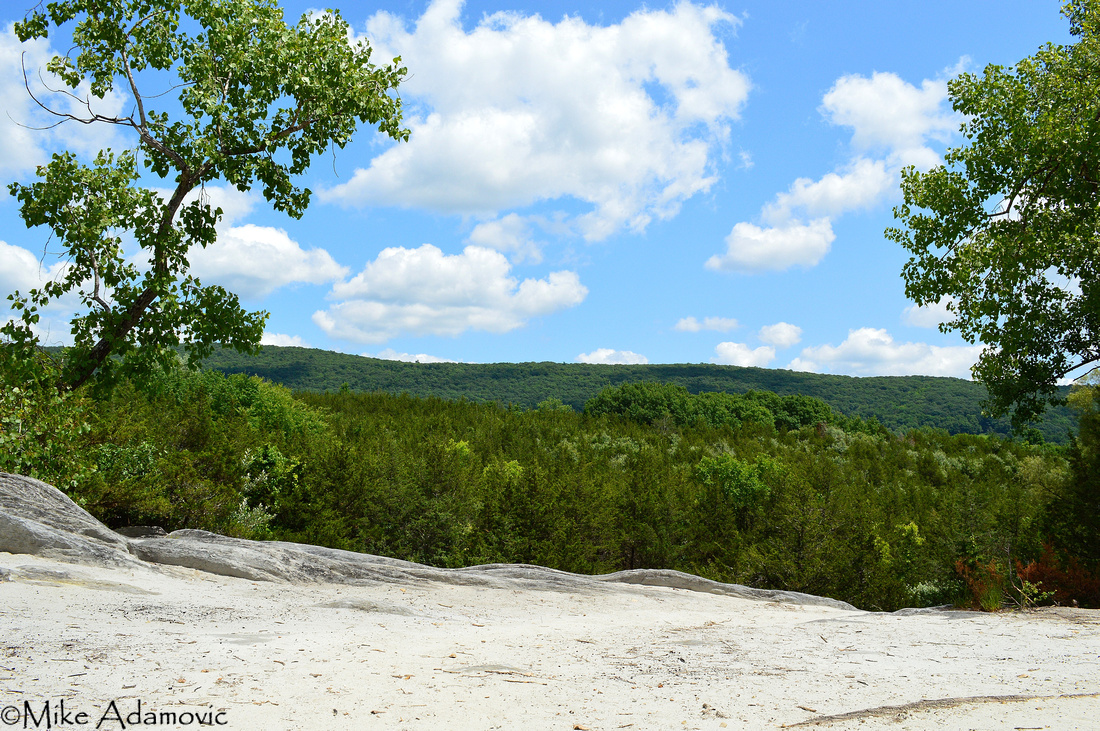

In extreme eastern Dutchess County, on the lower slopes of East Mountain, a long, linear formation part of the Taconic Range that separates New York from Connecticut, sits a narrow limestone shelf buoyed atop and surrounded by a tough crust of metamorphic rock. During the course of the most recent glacial period the vast ice sheets that once covered the region with ice nearly a mile thick gouged and sculpted the landscape. The resulting shallow depressions and undulating ridges provided a refuge for organisms that are especially adapted to alkaline rich soil and water produced from the fractured limestone. The 120 acre Roger Perry Preserve, managed by the Nature Conservancy, boasts globally rare calcareous fens and other unique geological formations that exist nowhere else in the Hudson Valley.
The most immediate and stunning sight to be witnessed is a collection of white sand dunes, consisting of a purity akin to granulated sugar. The whole area inherently feels like a shoreline, despite being a hundred miles from the ocean. These sandy outcroppings pockmarked across the preserve are a result of the erosion of soft limestone, which easily crumbles now exposed to the elements. It has been surmised that the town (Dover Plains) in which the preserve resides, received its name from these formations, as it reminded arriving colonial immigrants of the chalk cliffs of Dover, England.
The main trail through the preserve is a mile long loop that passes through some of the largest sand outcroppings on the property. The most spectacular is situated towards the center of the loop, where an extensive opening in the woods along a small cliff gives sweeping views of the summit of East Mountain, which from this vantage point rises into what looks like a stationary tidal wave at full crest, the density of trees crowning it so great, the foliage is reminiscent of a decadent bed of moss, the same as those typically found buried deep in the shady forest interior on some lonely rock slab or half-decayed trunk.
One is likely to notice that the forest within the preserve is of a slightly different hue of green than what’s seen cloaking the mountains in the distance. Most of the property consists of red cedars, an evergreen species which constitutes perhaps upwards of 90% of the tree bulk here, with cottonwoods and aspens mostly making up the difference.
In sandy areas containing little vegetation, mostly in the sunny openings, diminutive white flowers known as Carolina whitlow grass strew the ground in the spring, often in such prodigious numbers it’s almost impossible not to step on any—which is a shame, considering they’re quite rare. Even many segments of the narrow trail are populated with these beauties, which cannot be adequately admired without crouching down. Often mingling between these plants are wildlife tracks perfectly preserved in the fine sand, the detail of many especially exquisite if it happens to be mildly damp. Deer, pheasant, and turkey tracks are most abundant, although traces of coyotes which prowl the grounds in search of the birds also turn up somewhat frequently.
The real gem, biologically speaking, is the modestly sized calcareous fen that sits in the center of a narrow valley, or hollow, just off the eastern side of the loop trail. One of the rarest wetland types on the continent, fens normally only occupy a handful of acres. What sets them apart from bogs or other stagnant water bodies that receive water almost exclusively from precipitation, is that there’s a constant flow of water into the system from both surface runoff and groundwater sources. The constant influx of new water flushes out material that would otherwise build up and acidify the system. Another defining characteristic is that the pH of the water tends to reflect the rock strata that underlie it, as the water is free flowing and passes through the stone. Fens are surrounded by rock containing calcium carbonate, or other alkaline substances. The limestone of the preserve, in addition to both an inward and outward water flow, has imparted an abnormally high pH to the soil and water.
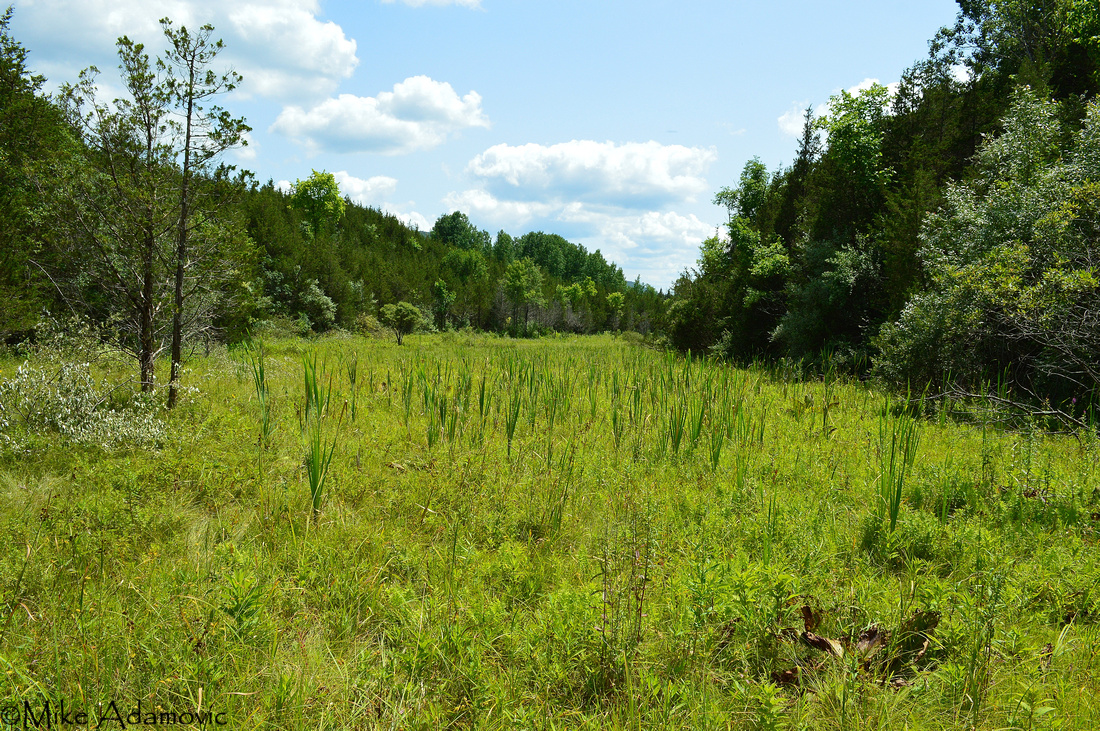

These unique chemical conditions provide the perfect habitat for many species which have evolved an affinity for thriving in calcium rich environments. Apart from fens, habitats containing alkaline soil within the Northeast, in general, are uncommon; and as a result, several of the “calciphiles” that are located here are seldom seen elsewhere. The most spectacular of these are the fall wildflowers. In late September and early October the fen is draped in a dazzling display of color. Tall and slender fringed gentian is the showiest of all, being graced with a refined sculpture-like figure and a cerulean to light amethyst hue. It tends to pop up in the firmer sections of the fen, surrounded by high grasses. The short, attractive, nodding ladies’ tresses, a type of orchid, with numerous white flowers spiraling around a central stalk, forms clusters around the rivulets that feed the fen with runoff. Interspersed somewhat randomly throughout are purple pastel specimens of the wiry Kalm’s lobelia, and aggregations of grass-of-Parnassus, whose flowers resemble stars in shape and color. Among these uncommon varieties can also be found a broad sampling of cosmopolitan flowers, such as asters, goldenrods, and cinquefoil.
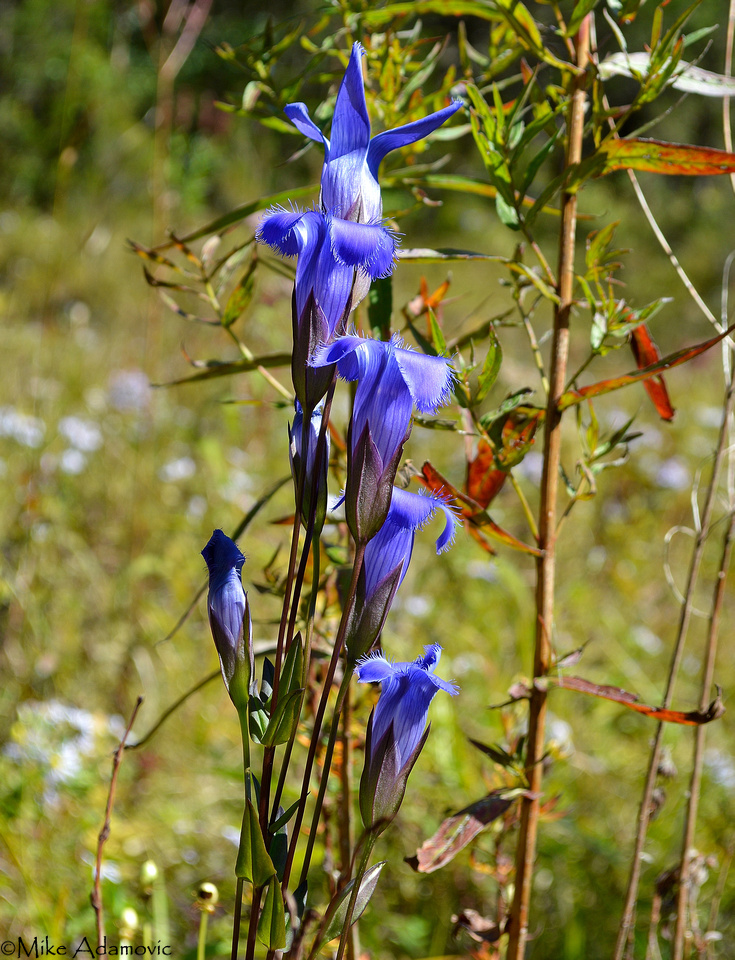

The fen is substantially longer than it is broad, and possesses a mild incline, which, in conjunction with its situation in a narrow valley is endowed with a perpetual source of seeping or trickling water. Comprised of mostly grasses and sedges, almost entirely devoid of all woody vegetation, except with a straggling shrub here and there, the wetland resembles a meadow. On all sides it’s flanked with nearly impenetrable cedar copses. Only the overgrown side trail that attaches to the main loop offers access.
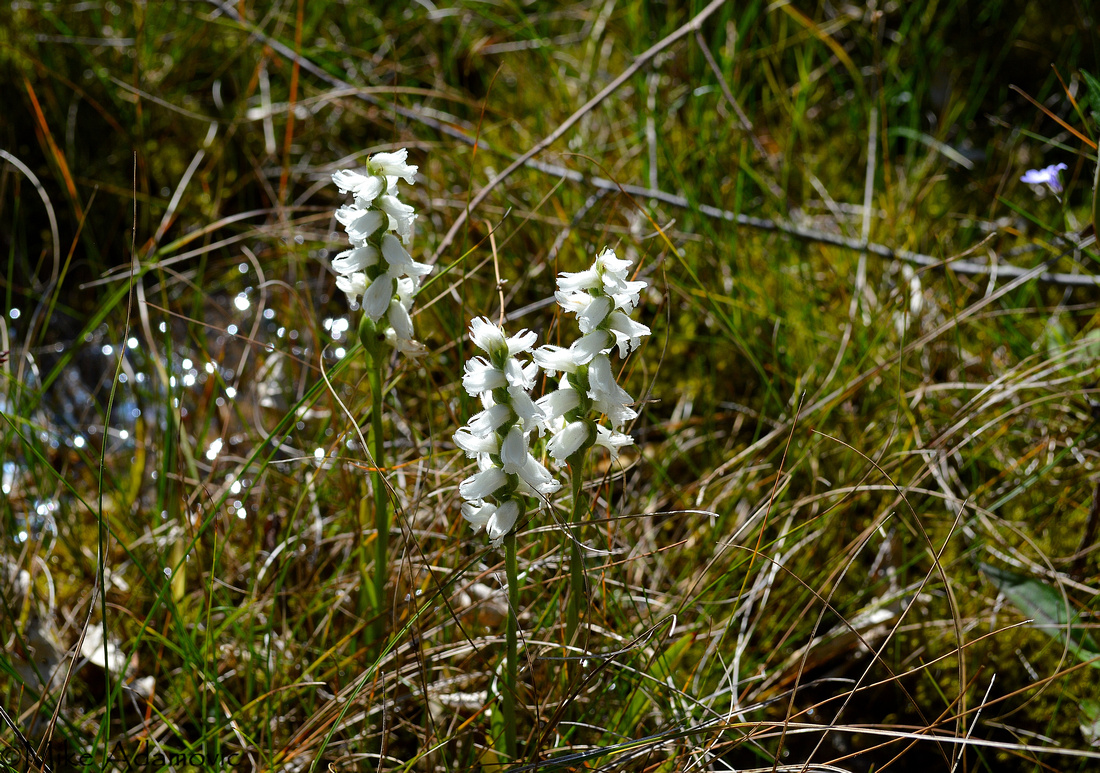

On the fringes of the property are small ponds, some the result of quarrying that was done here in the 19th century to extract the valuable limestone and marble that underpins the preserve. In and around these, in addition to the fen itself, can be found several rare animals, most notably wood turtles and eastern spadefoot toads. Numerous odonate species (dragonflies and damselflies) bounce throughout the wetter areas, further adding a splash of color and liveliness to the scene. While relatively common to the state, black rat and garter snakes also have a rather hefty presence here, usually seen around the sand pits. Normally they’re easy to spot, contrasting greatly with the bright sand. The black rat snakes in particular can grow quite large (in the 5-6 foot range at their maximum) but are non-venomous and essentially harmless.


No matter the season it’s worthwhile to pay the Roger Perry Preserve a visit. Geological oddities, refreshing views, intriguing and beautiful plants, and an active assortment of wildlife keep visitors coming back. The sandy trails of this Taconic Mountain hideaway not only offer novelty, but a chance to relax and unwind in an unconventional format. And with its close proximity to NYC and other major Hudson Valley hubs it’s easily accessible. Why not make a day trip of it in the near future?


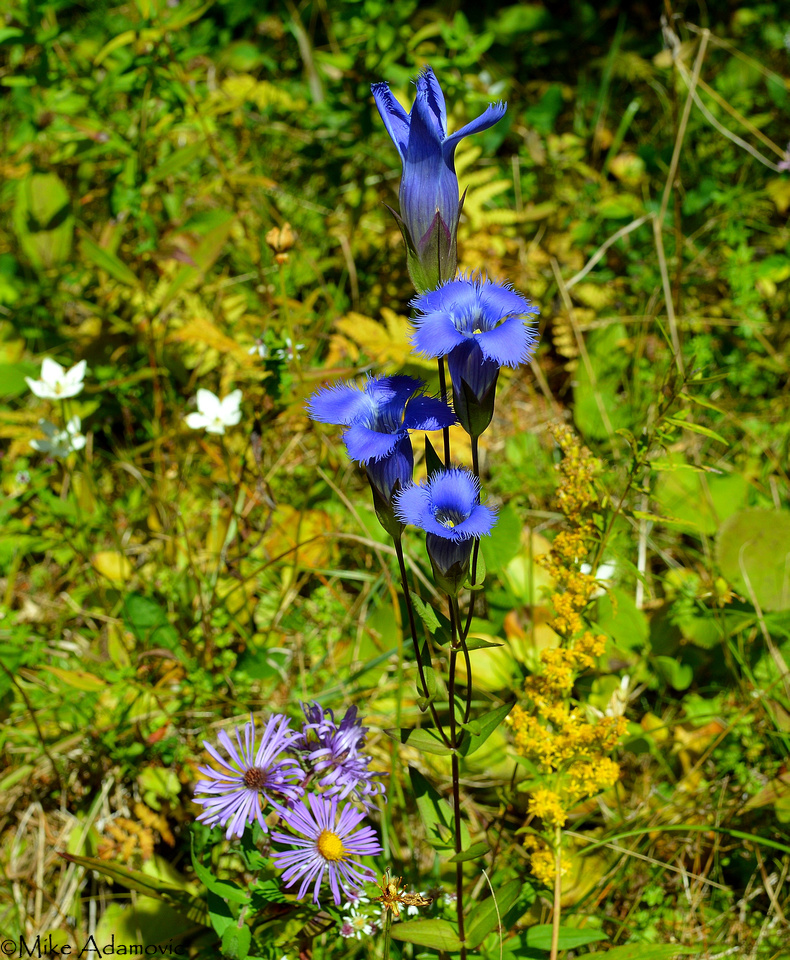

Comments
There was a small ridge of limestone, covered with red cedars and then it dropped off maybe 30 feet to a swamp. We would explore the swamp and collect spotted turtles and marsh marigolds leaves in spring. Some of the cedars were used to build forts an cabins. The hillside of limestone was our answer to the Western TV shows scenery.
Then there was “Lost Pond” over on Shavers property. Apparently a small quarry but very interesting.
That was a great place to grow up!
无论您爱或恨Exams,考试对您的总分和GPA起着很重要作用。 虽然许多学生认为考试是一种不公平检查他们积累知识与技能的方式,但老师仍然采用各类Exam为此目的,因此我们需要接受这个事实。 而我们在考试代考方面有丰富经验的专家将帮您避免exam带来的不眠之夜、压力与烦恼。